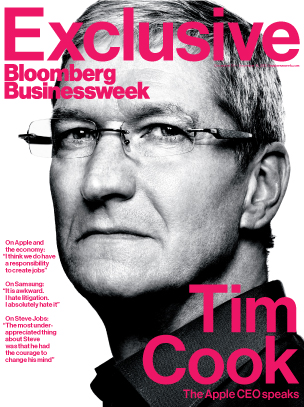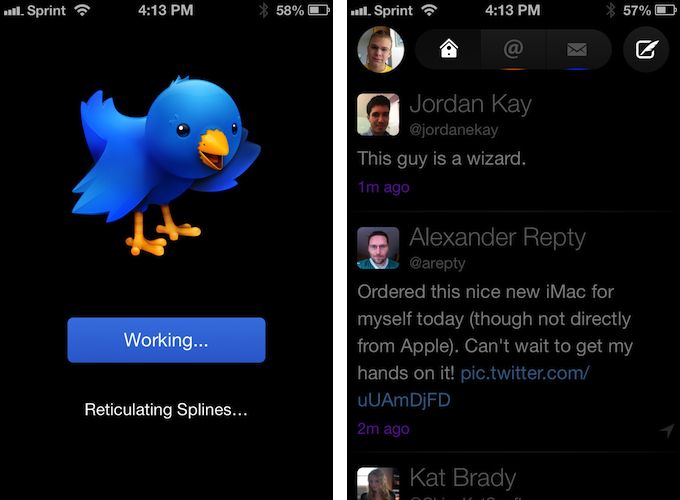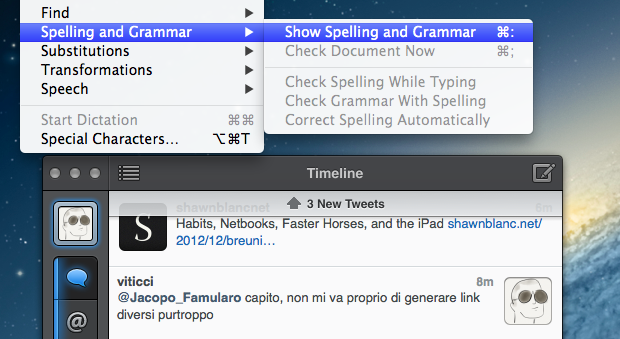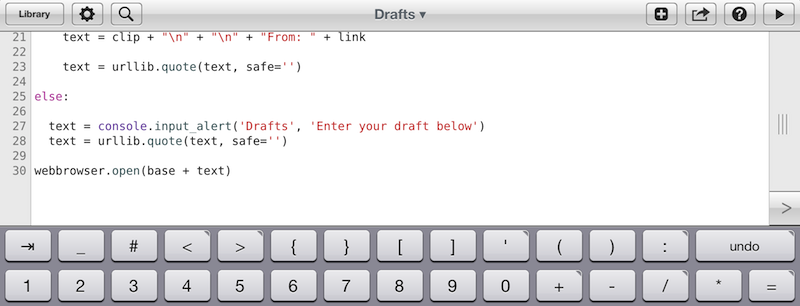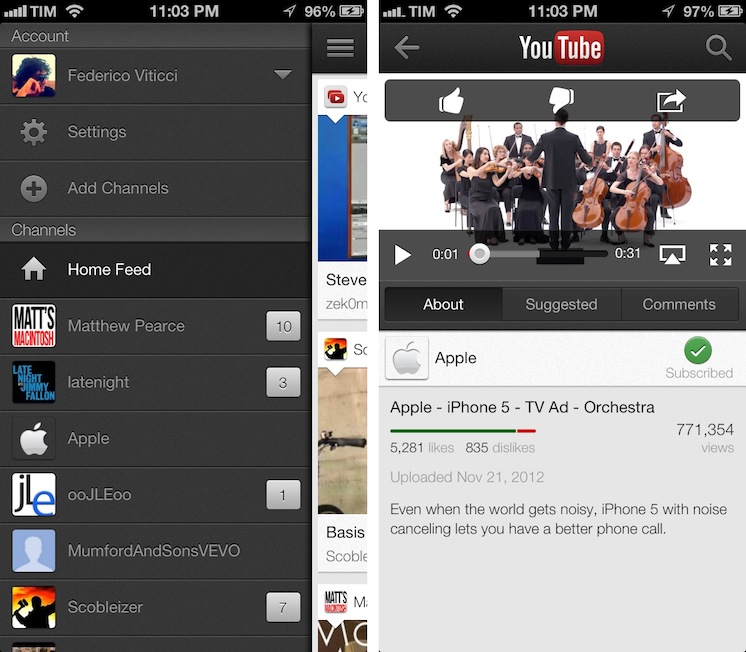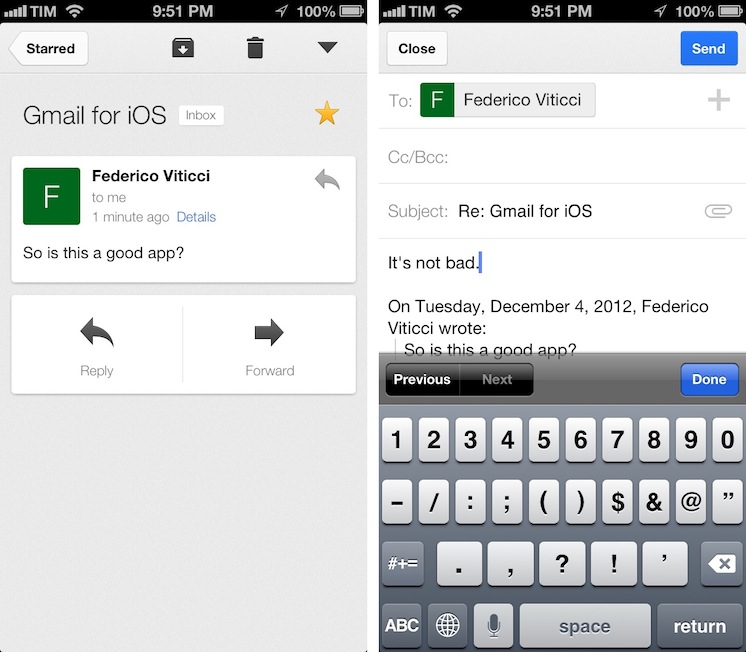Tim Cook Speaks With Businessweek In A Wide-Ranging Interview
Josh Tyrangiel of Bloomberg’s Businessweek has a terrific and in-depth interview with Apple CEO Tim Cook. In it, Cook is asked a whole swathe of questions from transparency, to the recent executive changes, Apple’s competition, US manufacturing and a lot more. The whole article is available online and in the latest edition of Businessweek. NBC will also air an interview with Tim Cook today on it’s Rock Center program at 10pm/9c in the US.
Talking of Apple Maps, Cook is asked whether Apple took on an approach of doing something for strategic company purposes, rather than something that would make the product better. Cook rebuffs this suggestion and suggests that they wanted to enable certain features such as directions and voice integration and set upon accomplishing them.
We set on a course some years ago and began to do that. So it wasn’t a matter of saying, “Strategically it’s important that we not work with company X.” We set out to give the customer something to provide a better experience. And the truth is it didn’t live up to our expectations. We screwed up.
Asked about manufacturing and whether Apple might bring back some manufacturing efforts back to the US, Cook responds that they will begin to do so in 2013 for certain Mac products. It lines up with recent reports of the new iMacs arriving with “Assembled in USA” engravings. You can also see an excerpt of the Rock Center interview here in which he discusses this transition back to the US.
And next year we are going to bring some production to the U.S. on the Mac. We’ve been working on this for a long time, and we were getting closer to it. It will happen in 2013. We’re really proud of it. We could have quickly maybe done just assembly, but it’s broader because we wanted to do something more substantial. So we’ll literally invest over $100 million. This doesn’t mean that Apple will do it ourselves, but we’ll be working with people, and we’ll be investing our money
These are just a few snippets of the interview, be sure to read the entire interview over at Bloomberg Businessweek, it’s a must read.


